February 9, 2015
The biggest device in the world – part one.
It’s not just the biggest, it’s also the most expensive, most innovative device in the world. Naturally, that means it’s highly computerized. I wonder what AV it’s got :).
What we’ve got here is a modern-day wonder. Research at the cutting edge of both theoretical and practical knowledge into particle physics – the study of what makes up matter. Other groundbreaking stuff has been going on here since the 1950s too, including the small matter of, in 1989, the invention of… the World Wide Web!
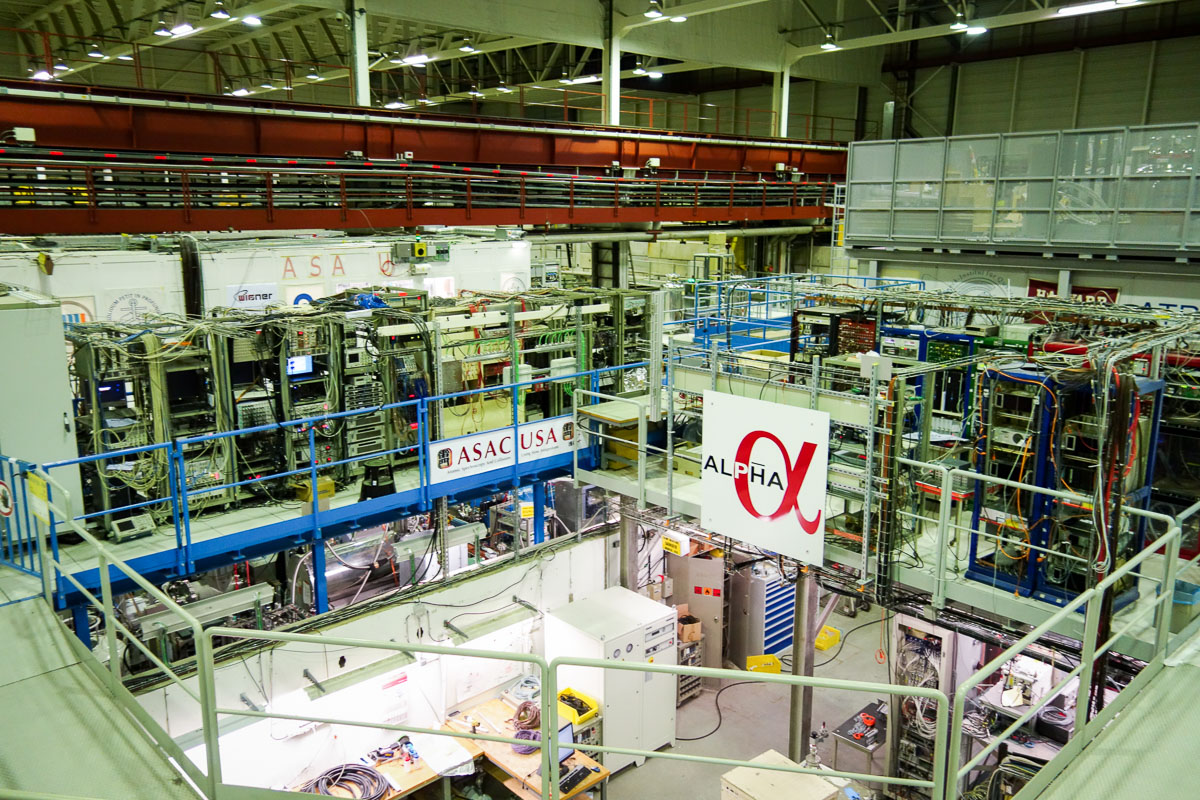
Yes folks, this is CERN. An international team that prods the microcosmic world with various kinds of prodders to try and learn what’s going on down there. Here they make particles ‘collide’ at the speed of light to find out how they interact and to get clues to the fundamental laws of nature. Pretty cool, no?
But before I go any further…
Caveat No. 1: Nuclear physicists, a favor please: don’t get all hot and bothered about any errors or inaccuracies here – I’m not a specialist in this proton-quark-microcosmic world. What I was told and later remembered – that’s what I’ll be recounting here. I openly admit that I did resort to Wikipedia a bit, but there still might be some not-quite-rights here due to debutante status. So, like I say, go easy.
Caveat No. 2: I won’t be covering the Large Hadron Collider in this post. I’m saving that for the next post in this three-part series on CERN. So please be a little patient. After all, all good things come to those who wait.
So, back to CERN…
A staff of 2000+ works here permanently, while 10,000+ top specialists come here from more than 100 countries every year.
Regarding its financing… it’s complicated.
But then it’s bound to be contentious, since there’s no economic gain from any of CERN’s exercises at the moment, and there won’t be any for at least a generation – or several. But one day, at some point in the distant future, it’s going to all be worth it – for sure! The breakthroughs made here will eventually trickle down into the technologies, devices and travel possibilities of the future. It’s a bit like prehistoric man had no conceivable idea whatsoever of what man of today would be up to with all its technology (“technology – what’s that?”:) : CERN can’t be expected to imagine what the tech of tomorrow’s going to be like. But at least it’s started the long journey toward finding out…
Here are a few photos, which might make some readers feel a little prehistoric themselves:
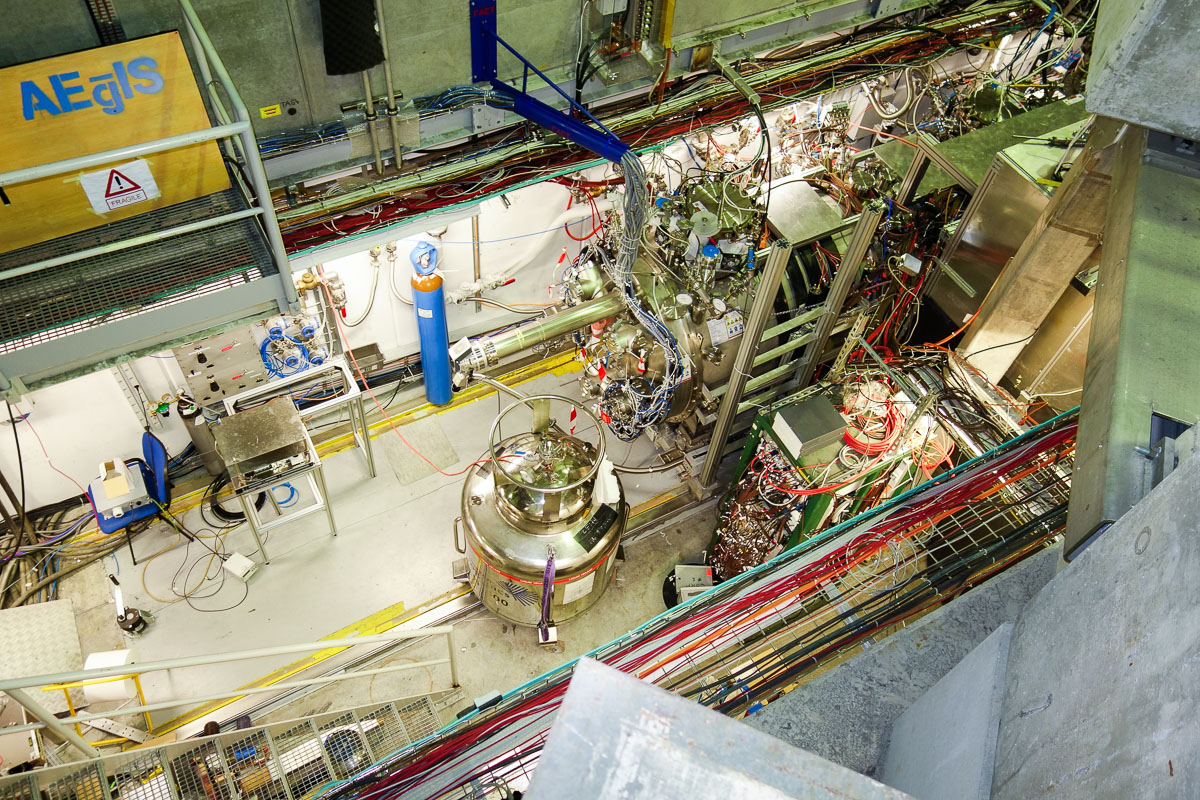
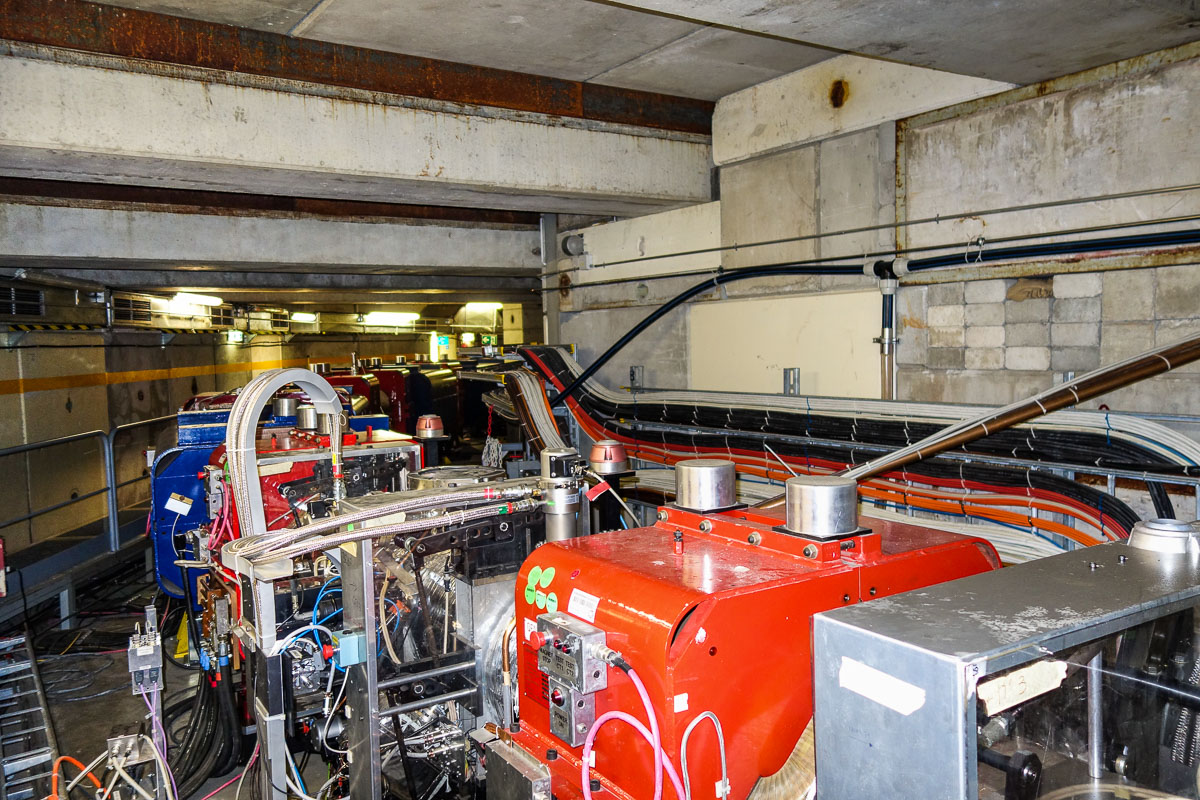
It might not look much, but the unassuming contraption in the below pic has a Nobel prize to its name. I wonder how many other Nobel-awarded inventions are used here. Just curious…
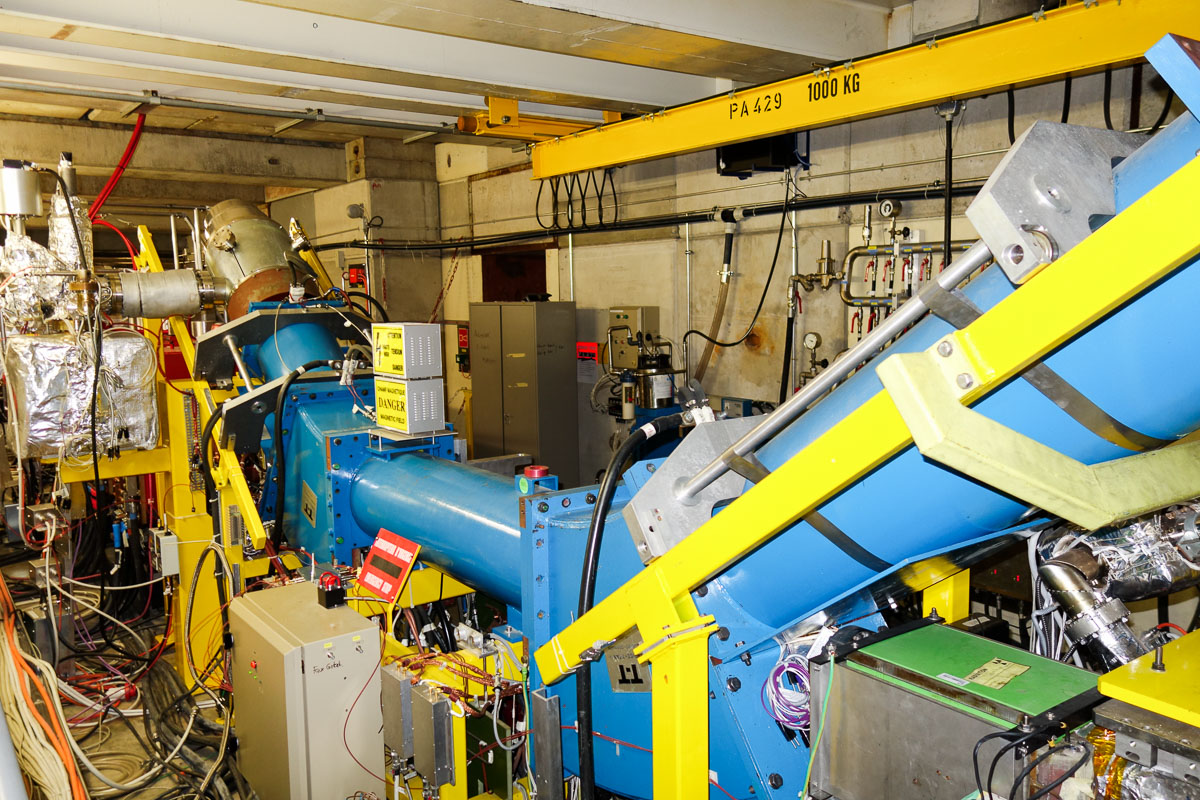
Though the above-ground CERN site is not all that big, it nevertheless straddles two countries: Switzerland and France. Meyrin, the town where CERN is located, is also divided into two by the border between the two countries; not that you’d notice: the only clue regarding its existence is this stone pillar:
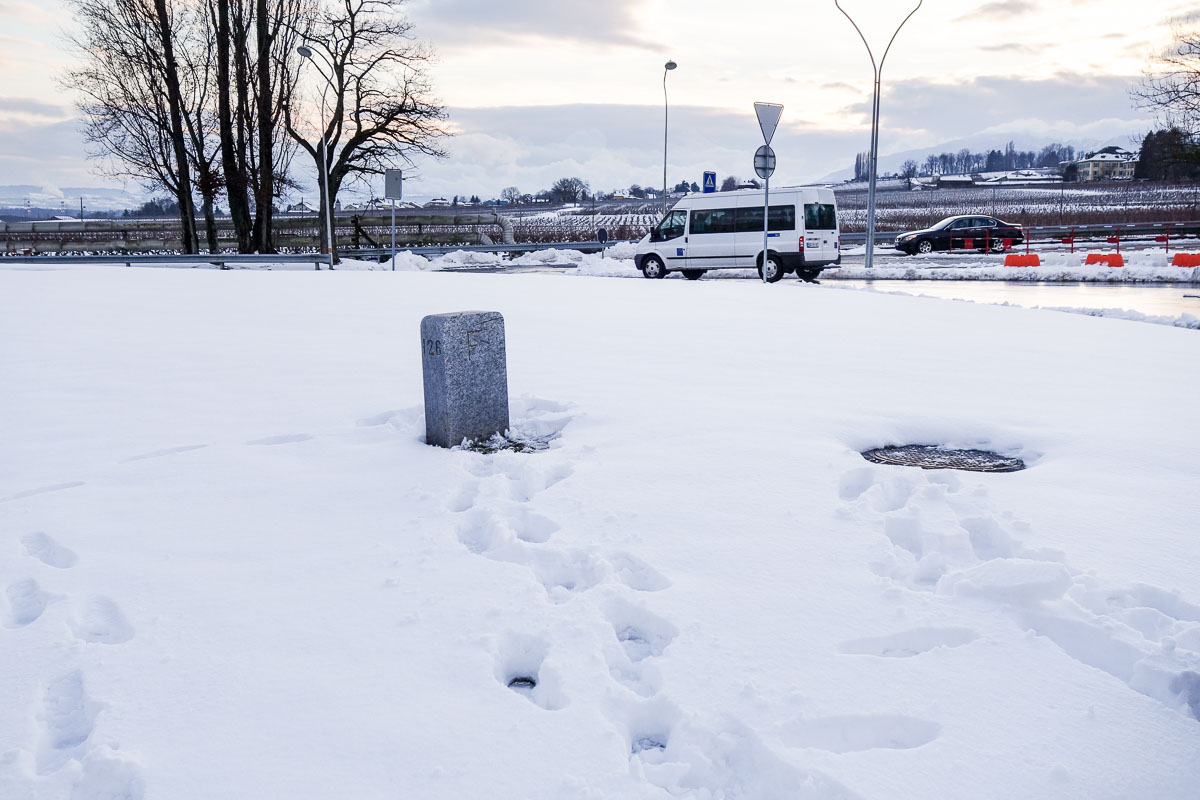
The CERN complex, like the contraption mentioned above, is also not much of a looker – a set of plain box-buildings and hangar-like constructions. Incidentally, it looked to me like some of the buildings had their corners lopped off so as not to cross the border…

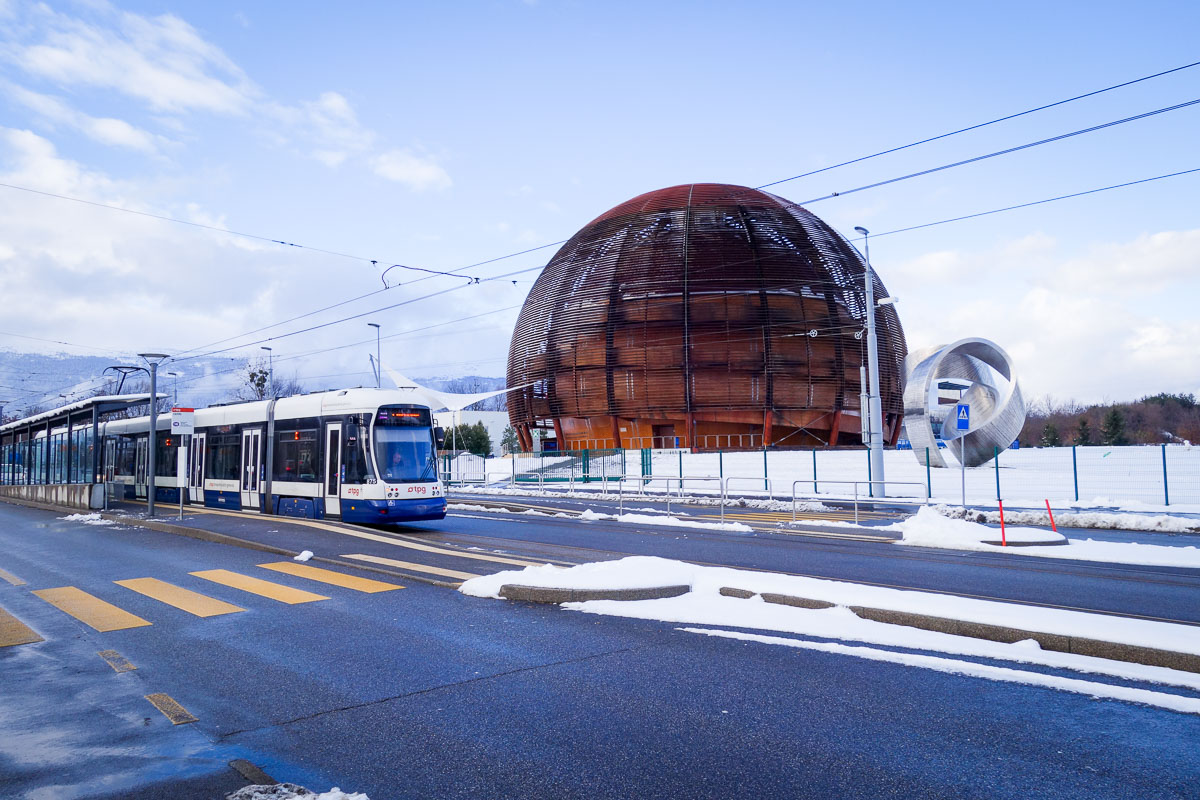
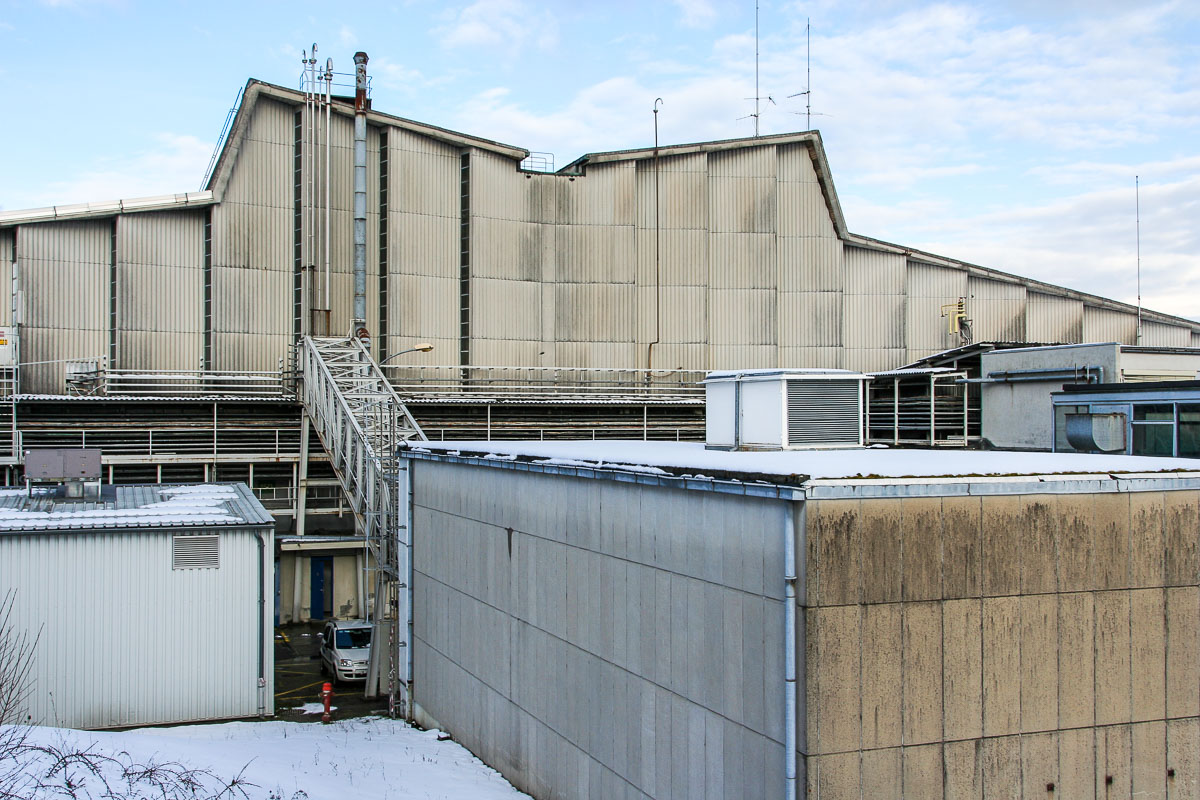
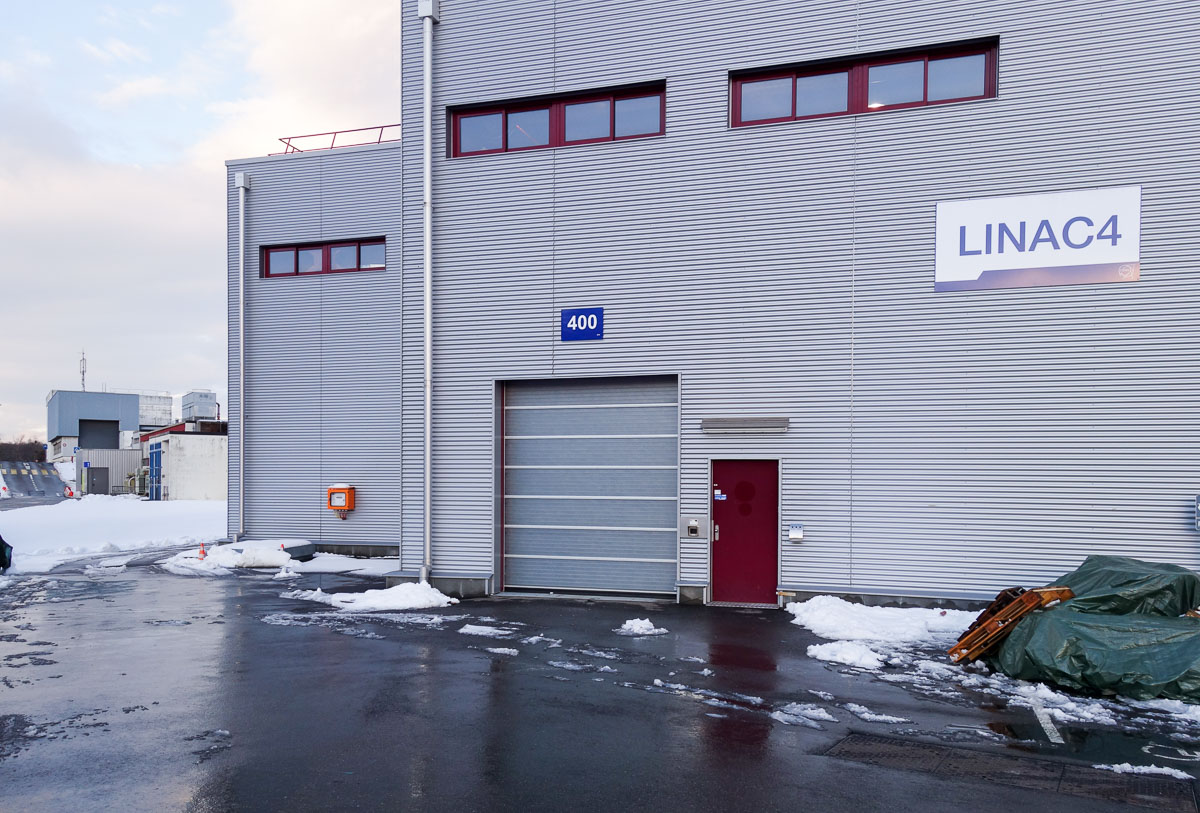
We were kindly shown around CERN, not by one of the regular excursion guides, but by a guy who does a similar job to what we plan to do for CERN. But more of that later…
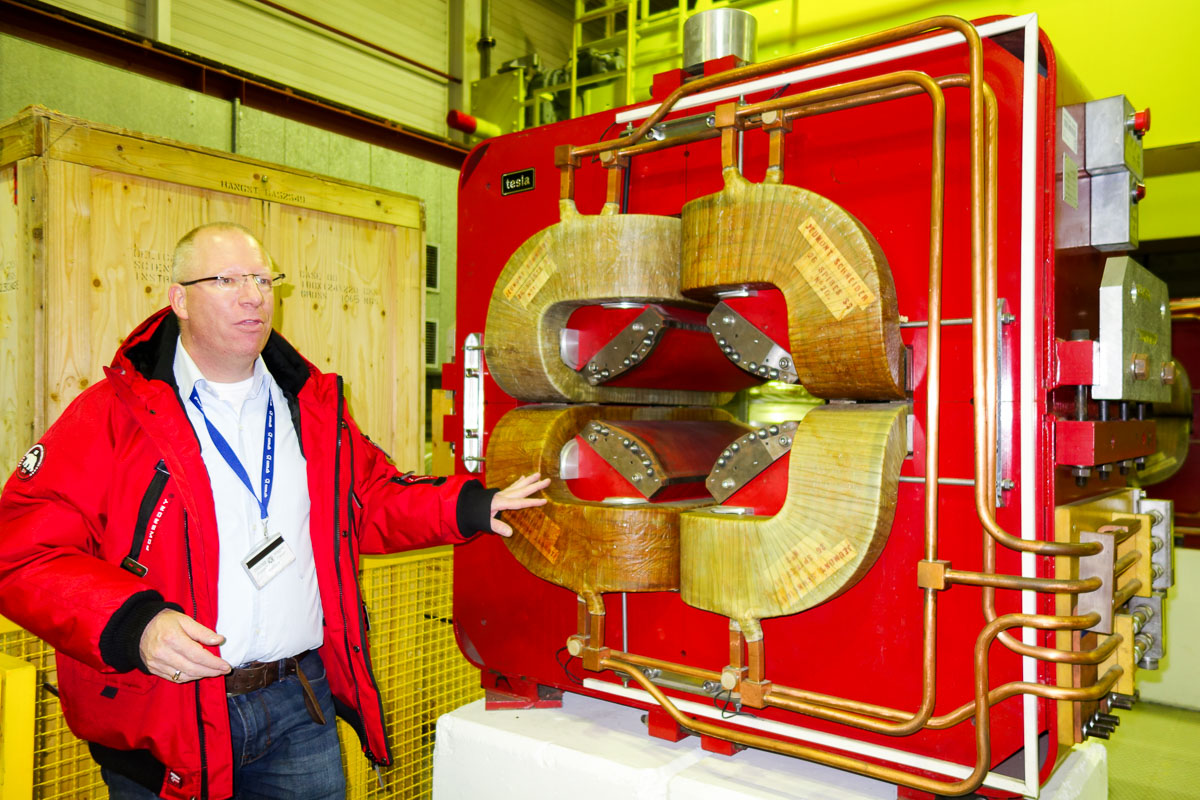
Behind that fence in the following pic are vineyards. Turns out that here in the Canton of Geneva there are much more important things to think about than some weird and wonderful – not forgetting unprofitable – atomic investigations. So when CERN wanted to expand its territory it was met with a resolute ‘non!’ So, the ‘magic’ of fermentation and distillation trumps the magic of subatomic analysis? Wonderful. And I thought the Swiss were progressive. Clearly there are exceptions…
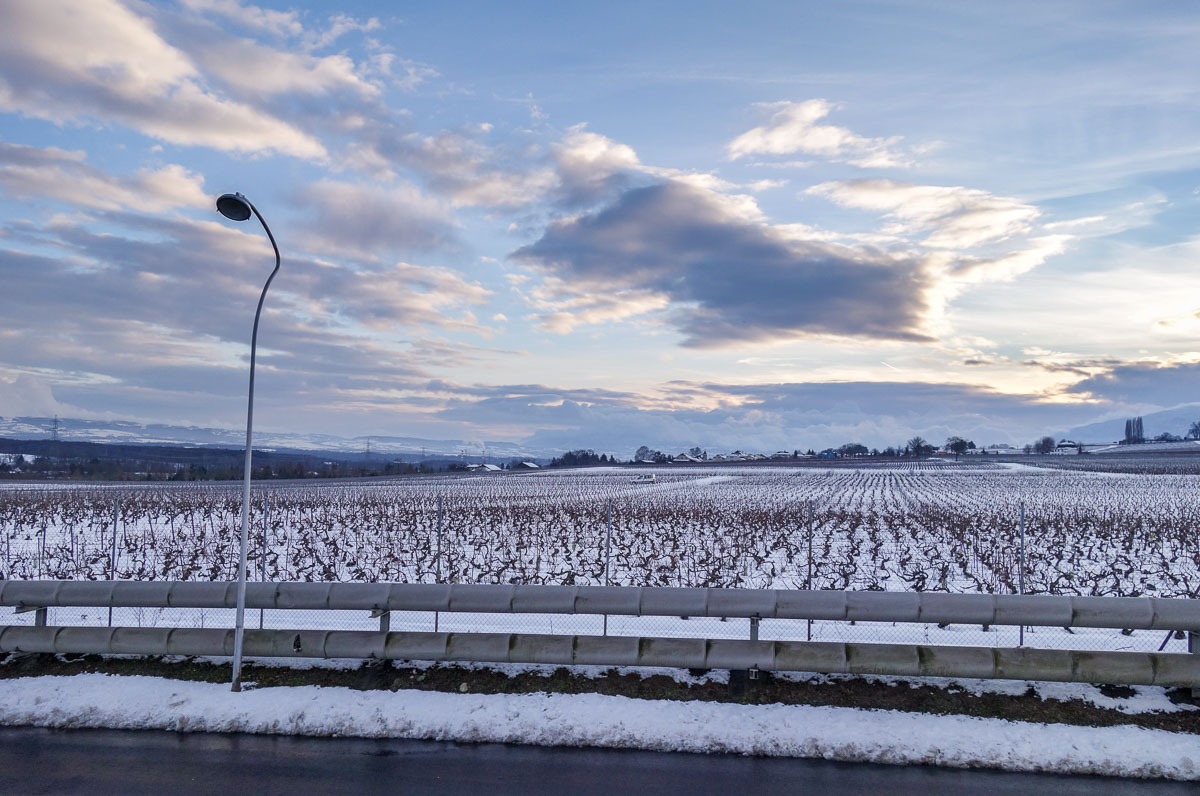 Protected territory!
Protected territory!
The streets around CERN… They’re named after the great scientists who made the first breakthroughs at the microcosm level – Faraday, Rutherford, Röntgen!
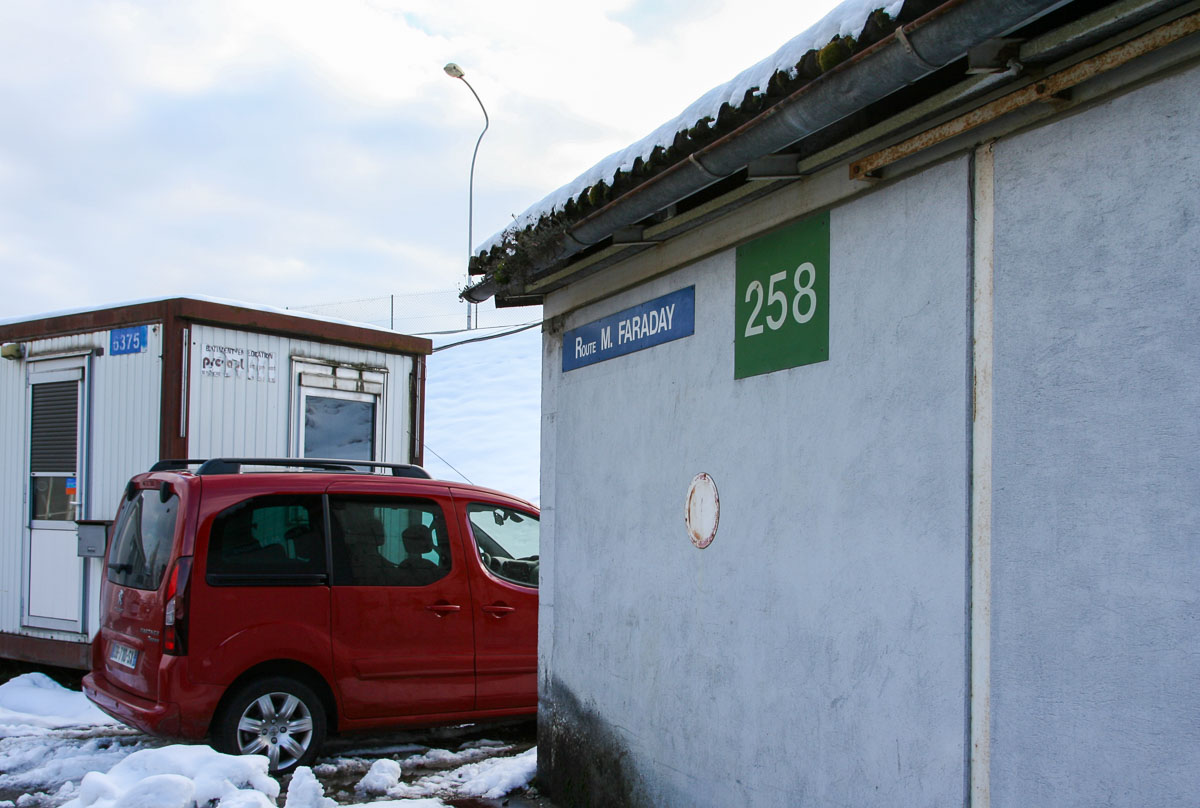
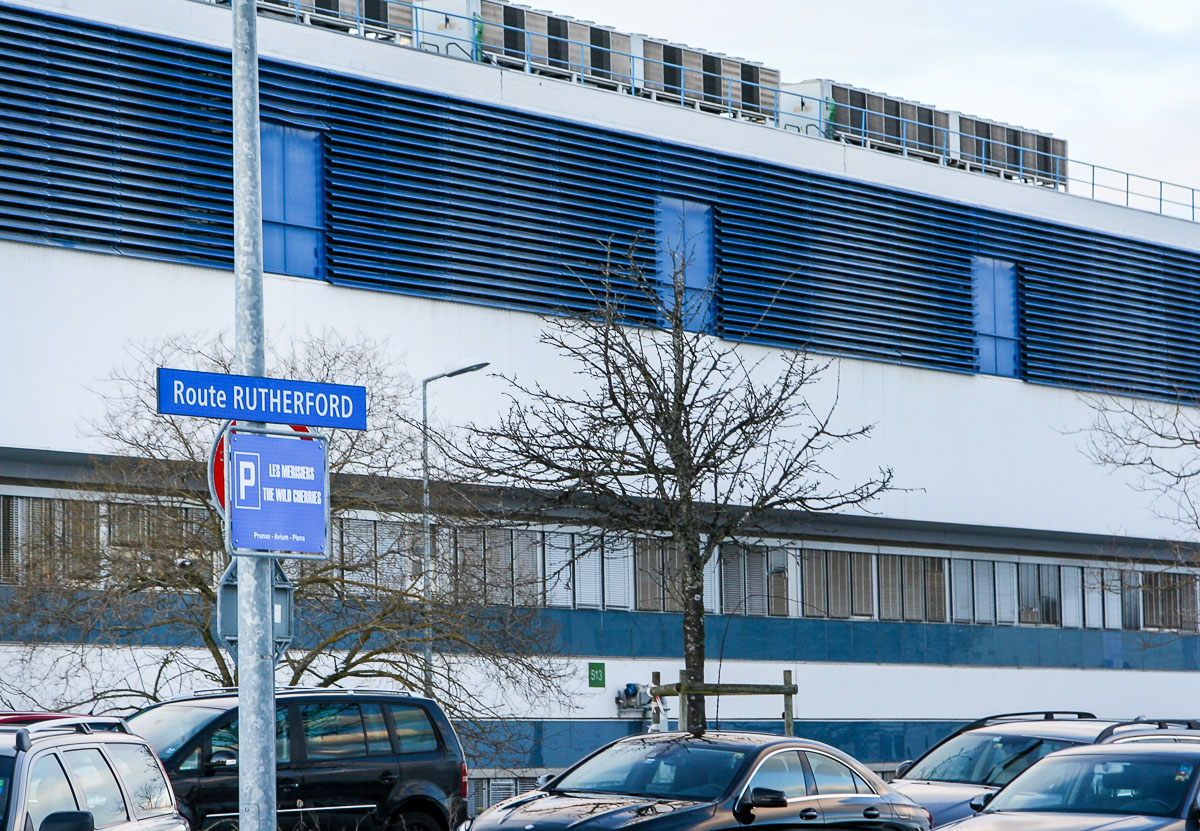
We only got to see a small bit of the whole of CERN – only those areas where all operations had been stopped to perform technical servicing. Visitors aren’t allowed entry into the zones where active experiments are taking place. In fact, most non-visitors aren’t allowed there either. For in those places there’s high energy, low temperature and some very extreme magnetism going on. Not the healthiest of environments.

Scientists: forever optimistic:
http://instagram.com/p/yrQ7B2OiVI/
For more on CERN tech – all the colliding and collisions and other subatomic wonders – see my next post, tomorrow…
Salut!

